Hurricane Melissa made landfall on Jamaica's southwestern coast as a Category 5 storm with maximum sustained winds of 185 mph around 1 p.m. EDT on Tuesday. According to the National Hurricane Center, this makes it one of the most powerful hurricane landfalls on record in the Atlantic Basin.
The storm's churning path hit the island near New Hope, a coastal area about 100 miles west of Kingston, the island's capital. Weather services say there is a high risk of "catastrophic" damage and loss of life.
And it's not just Jamaica that will be affected by Melissa. Current forecasts predict that up to 40 inches of rain could fall on the island and nearby in Cuba, the Dominican Republic, Haiti, the Bahamas and Turks and Caicos. It's possible that more islands may feel the brunt of the massive storm, too, with storm surges that could create significant waves throughout the week.
Here's what you need to know if you have plans to travel to Jamaica or elsewhere in the Caribbean this week — and what you can do to help in the storm's aftermath.
Related: Top travel mistakes to avoid during hurricane season
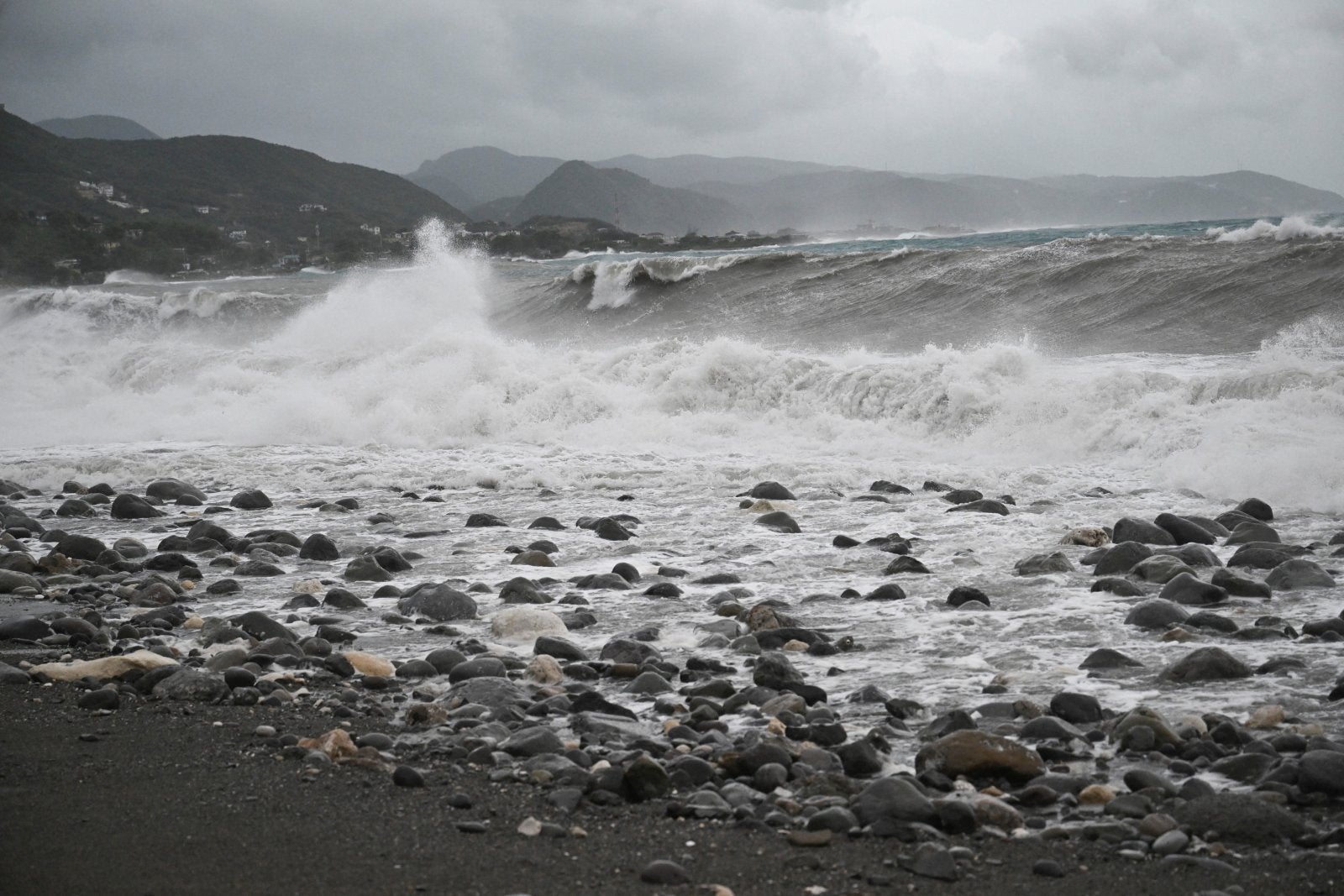
Where is Hurricane Melissa?
Hurricane Melissa is currently a Category 5 hurricane traveling over Jamaica on a northeast trajectory that mostly affects the northeastern part of the Caribbean Sea in the Greater Antilles. As of Tuesday afternoon, winds were reported at 185 mph; a storm is considered a Category 5 once winds hit 157 mph. For any landmass in Melissa's path, there is expected to be wide-ranging, sustained damage.
"This is an extremely dangerous and life-threatening situation," the NHC said Tuesday afternoon. "Do not leave your shelter as the eye passes over, as winds will quickly, and rapidly increase on the other side of the eye."
The NHC said that it was expected to move across southeastern Cuba on Wednesday morning and then across the southeastern or central Bahamas later on Wednesday.
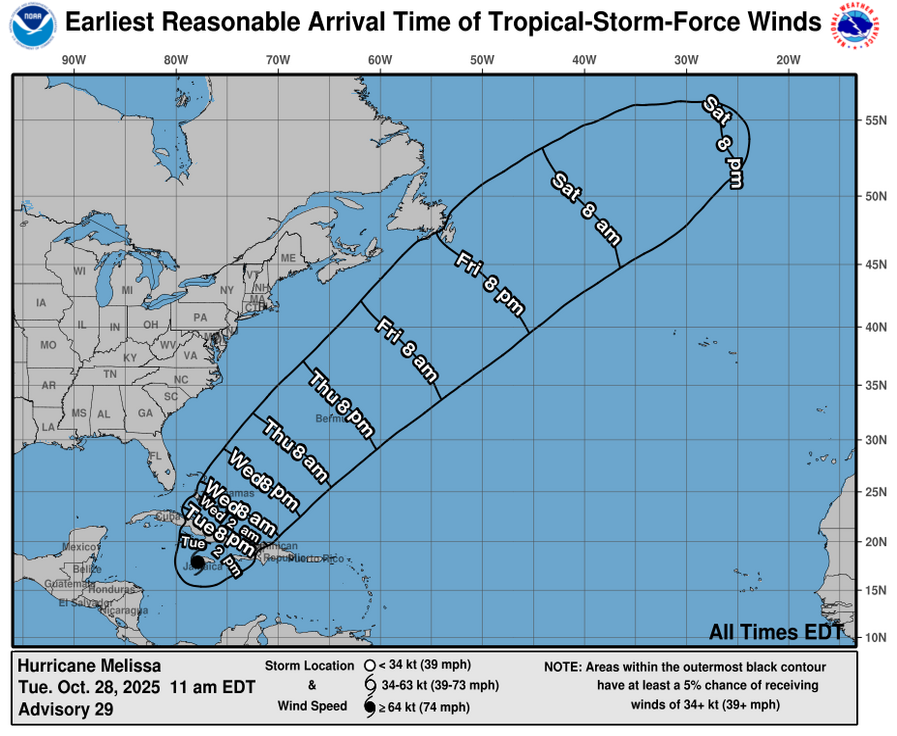
Last year, Hurricane Beryl took a similar path over Jamaica as a Category 4 storm and caused widespread electrical and communications infrastructure damage. That storm headed northwest to the Gulf of Mexico.
Is it safe to travel to the Caribbean?
Since the Caribbean is one of the largest seas on Earth, sprawling across over 1 million square miles, many areas will not feel much of Melissa's wrath. For example, islands like Aruba that are closer to South America saw some rain last week as the storm made its way west but sustained no damage.
However, if you are planning to travel to Jamaica, know that the island is being directly hit by a Category 5 hurricane and electricity and other infrastructure will be offline for weeks to months.
According to the Jamaica Tourism Board website, "All persons are urged to take the necessary precautions to ensure safety during this time." Visit its Travel Alerts page for information on emergency services, flight cancellations and shelter locations.
The NHC has several watches and warnings in effect that extend to the surrounding area.
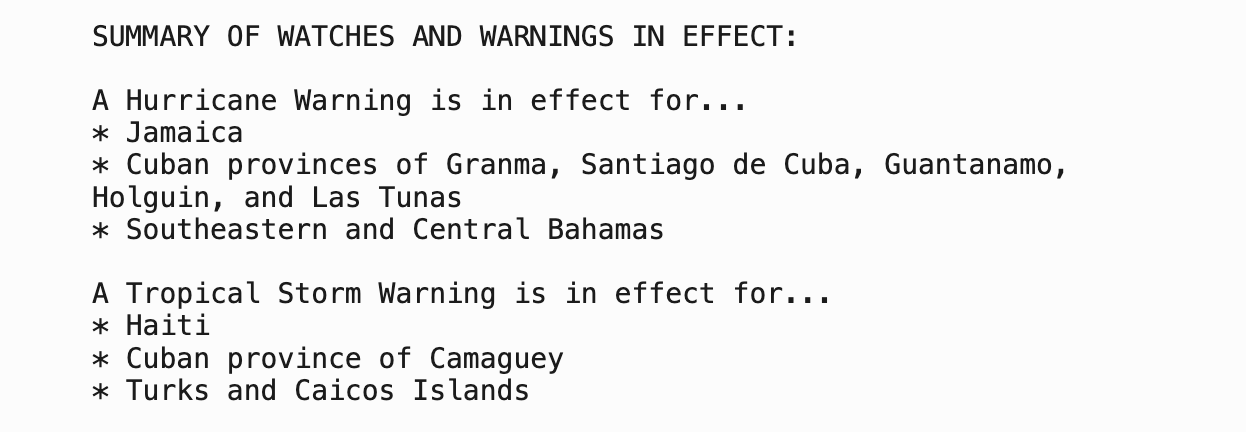
Forecasters predict a storm surge of 9 to 13 feet, and the slow-moving storm is expected to dump over 3 feet of rain on the island. In addition to Haiti and Cuba, which are also directly in the hurricane's path, nearby islands that may also feel this storm surge include the southeastern Bahamas and Turks and Caicos. Wave swells that can cause life-threatening surf and rip current conditions are expected to reach the Cayman Islands in the next few days and the Bahamas, Turks and Caicos, and Bermuda later this week.
If you have a trip to the Caribbean scheduled, you'll want to stay abreast of the developments in your specific destination.
Airport closures and airline waivers
Both of Jamaica's main airports closed this past weekend ahead of the storm. Norman Manley International Airport (KIN) in Kingston closed after its final flight Saturday, Oct. 25, and Sangster International Airport (MBJ) in Montego Bay closed midday Sunday, Oct. 26. Neither has posted a predicted reopening date.
Flights are still operating out of Turks and Caicos, which is under a tropical storm warning. According to Experience Turks and Caicos, the country's destination marketing organization, both American Airlines and JetBlue are currently operating larger aircraft to accommodate people who wish to leave the islands ahead of the storm.
Airlines that service Jamaica and other Caribbean islands are offering various travel waivers. The particulars of each waiver vary, but they generally apply to flights to, from or through various airports in Jamaica and other islands. With the waivers, travelers can change their flights without having to pay a fare difference.
Here are a few airline waiver examples:
- Delta Air Lines: For the Oct. 25 to 30 travel schedule to, from and through Jamaica and Turks and Caicos, travel must be rebooked by Nov. 2. There is no change fee, but passengers will need to pay the difference in ticketed price for travel after Nov. 2.
- United Airlines: For travel scheduled to and from Jamaica, the Bahamas, Grand Cayman and Turks and Caicos from Oct. 25 to 31 and Bermuda from Oct. 30 to Nov. 2, there is no change fee or price difference charged for flights until Nov. 7 for most of the aforementioned islands and Nov. 9 for Bermuda. (Note there are no change fees on United at any time.)
- American Airlines: This is a wide waiver that extends to Turks and Caicos, Jamaica, Cuba and George Town in the Bahamas. The change fee will be waived for scheduled travel from Oct. 25 to Nov. 1, and changes must be booked by Nov. 1.
- JetBlue: Change/cancel fees and fare differences are waived for travel to and from Jamaica from Oct. 25 to 31; customers may rebook their flights through Nov. 8. For flights to and from Turks and Caicos, fees and fare differences are waived for travel from Oct. 28 to 30 and can be rebooked through Nov. 5.
Check with your airline for more details if you have travel coming up this week.
What to do if you have a trip booked to Jamaica or the Caribbean
If you reserved directly with a hotel, first check its website and see if it has posted any updates. You can also call the hotel directly or the main reservations number. Keep in mind that many properties are likely managing the crisis, so calling the property directly should be a last option.
If you booked through a third-party online travel agency or an aggregator like Expedia or Travelocity, it's important to understand the cancellation policy. The OTA still owns your reservation prior to your travel; if you contact the hotel directly, it will likely refer you back to the OTA or travel portal for assistance.
If you have a cruise planned to the Caribbean, check with your cruise line about updated sailing plans.
Related: Cruising during hurricane season: What to know
If you have already purchased travel insurance, then you should be able to recoup all your trip expenses if you are traveling to an area directly affected by Hurricane Melissa. As we've reported previously, the time to buy insurance is before a storm is named. Once it's already been identified, it's a "known event," and you can no longer purchase coverage for that storm.
According to TPG's comprehensive guide on credit cards that include trip cancellation and interruption insurance, this type of insurance generally covers nonrefundable expenses if you need to cancel your trip (or the remainder of your trip) due to a natural disaster. However, credit card insurance policies vary, so check your benefits guide for specific exclusions.
And remember, credit card travel insurance only applies to purchases made on that card, so if you used a different payment method for portions of your trip, you won't be covered for that.
Related: 4 times your credit card's travel insurance can help with travel woes, and 7 times it won't
How to help
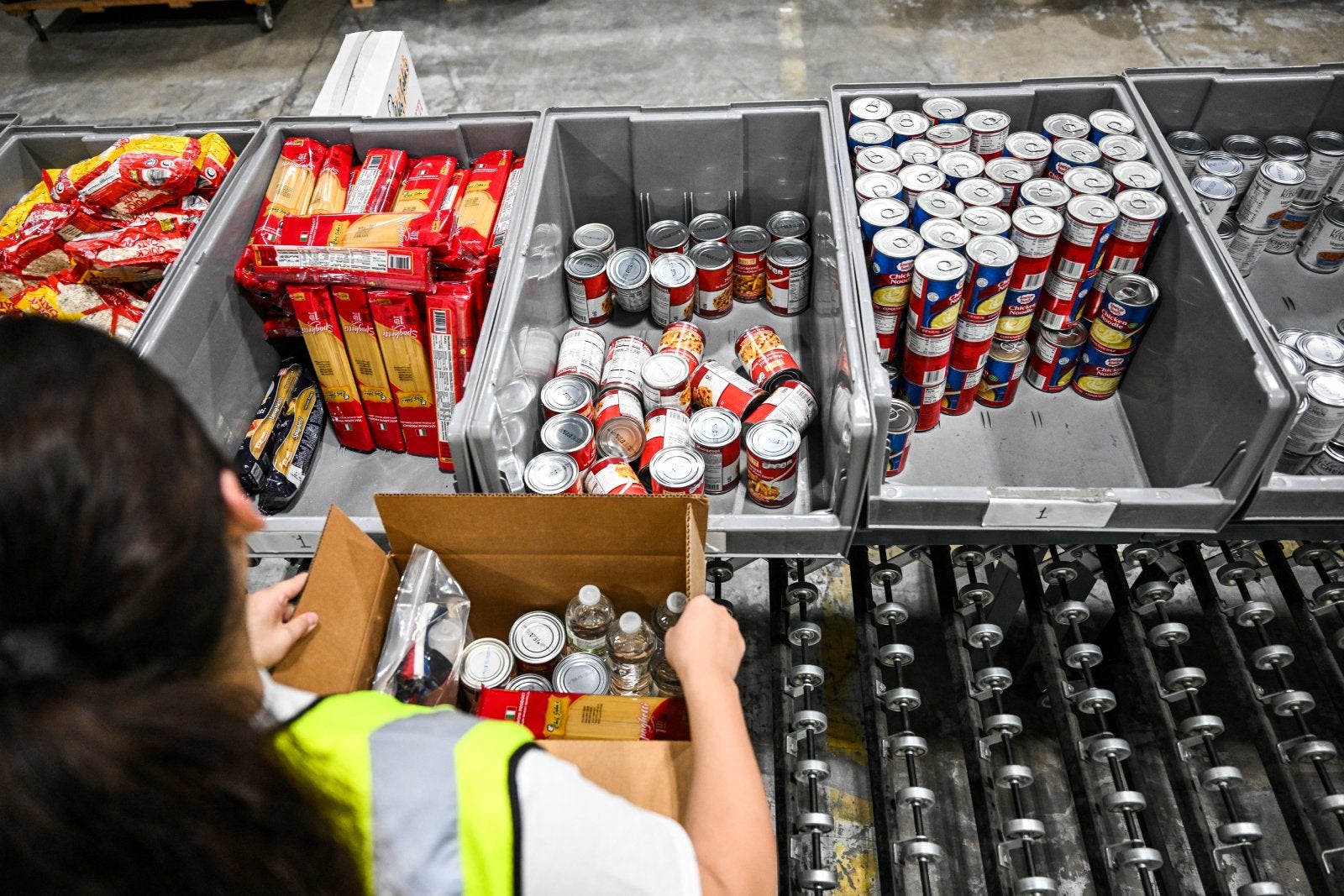
If you'd like to help those in the storm's path, there are several options to explore:
- World Central Kitchen
- American Red Cross
- All Hands & Hearts
- Direct Relief
- Save the Children
- American Friends of Jamaica
- Global Empowerment Mission
- The Miami Foundation's U.S. Caribbean Strong Relief Fund
Bottom line
Hurricane Melissa, an incredibly forceful Category 5 hurricane, made landfall in Jamaica on Tuesday afternoon. In the coming days, it will head northeast in the Caribbean over Cuba and Haiti and affect areas of the Bahamas and Turks and Caicos.
If you have plans to travel to an area affected by the hurricane, it would be prudent to cancel or delay your plans until later.
For more helpful tips on navigating travel during hurricane season, read:



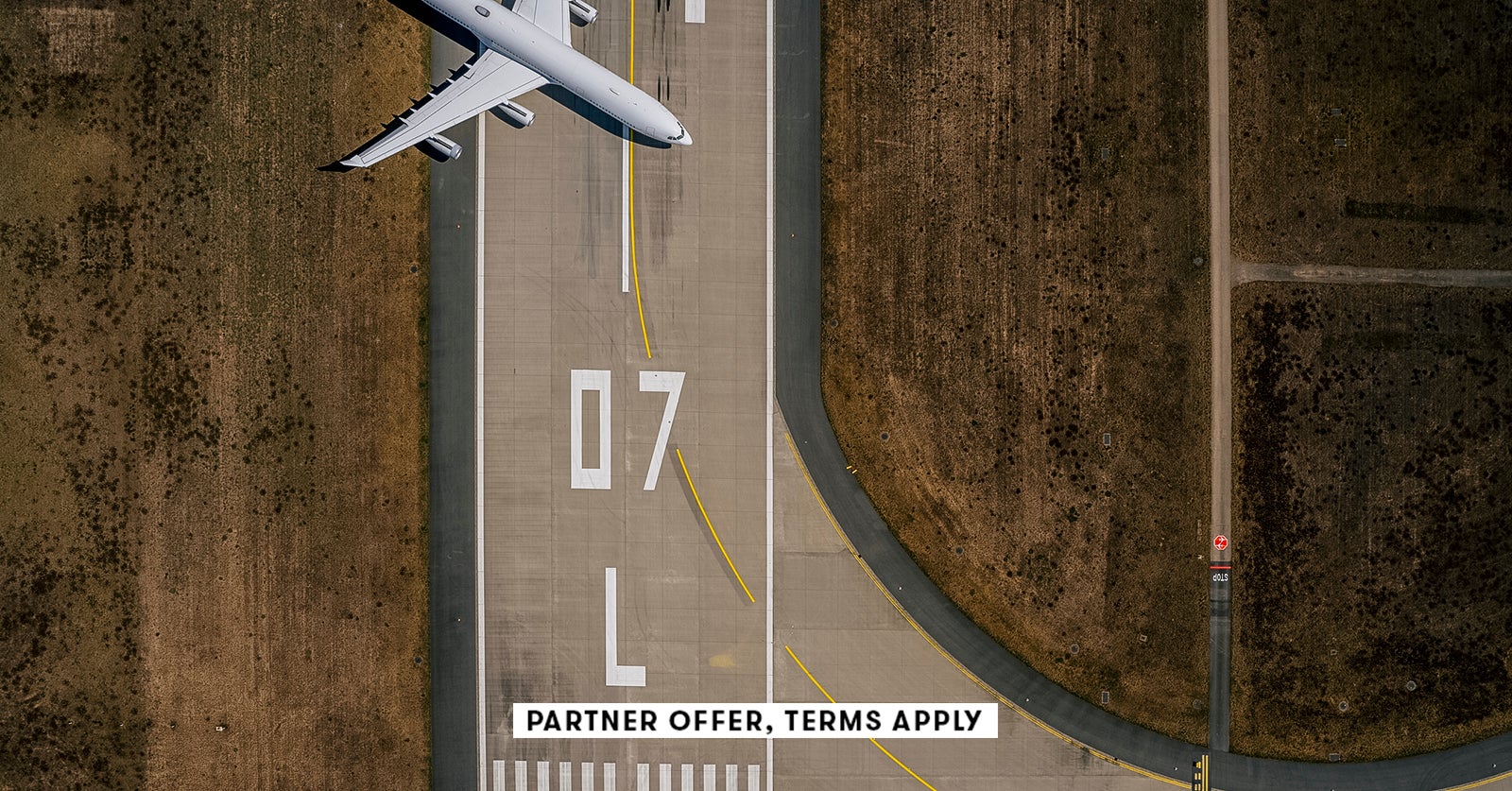
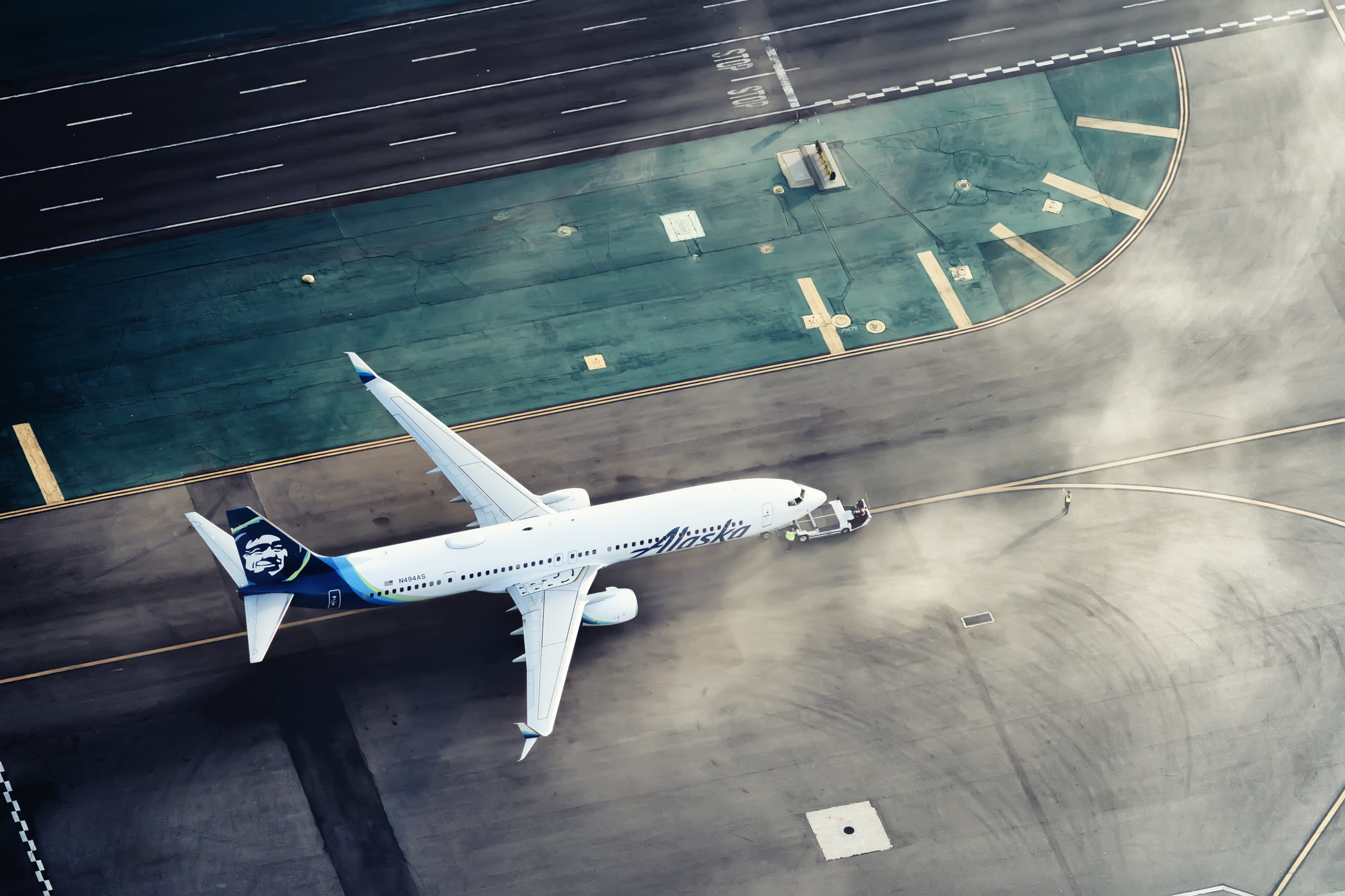










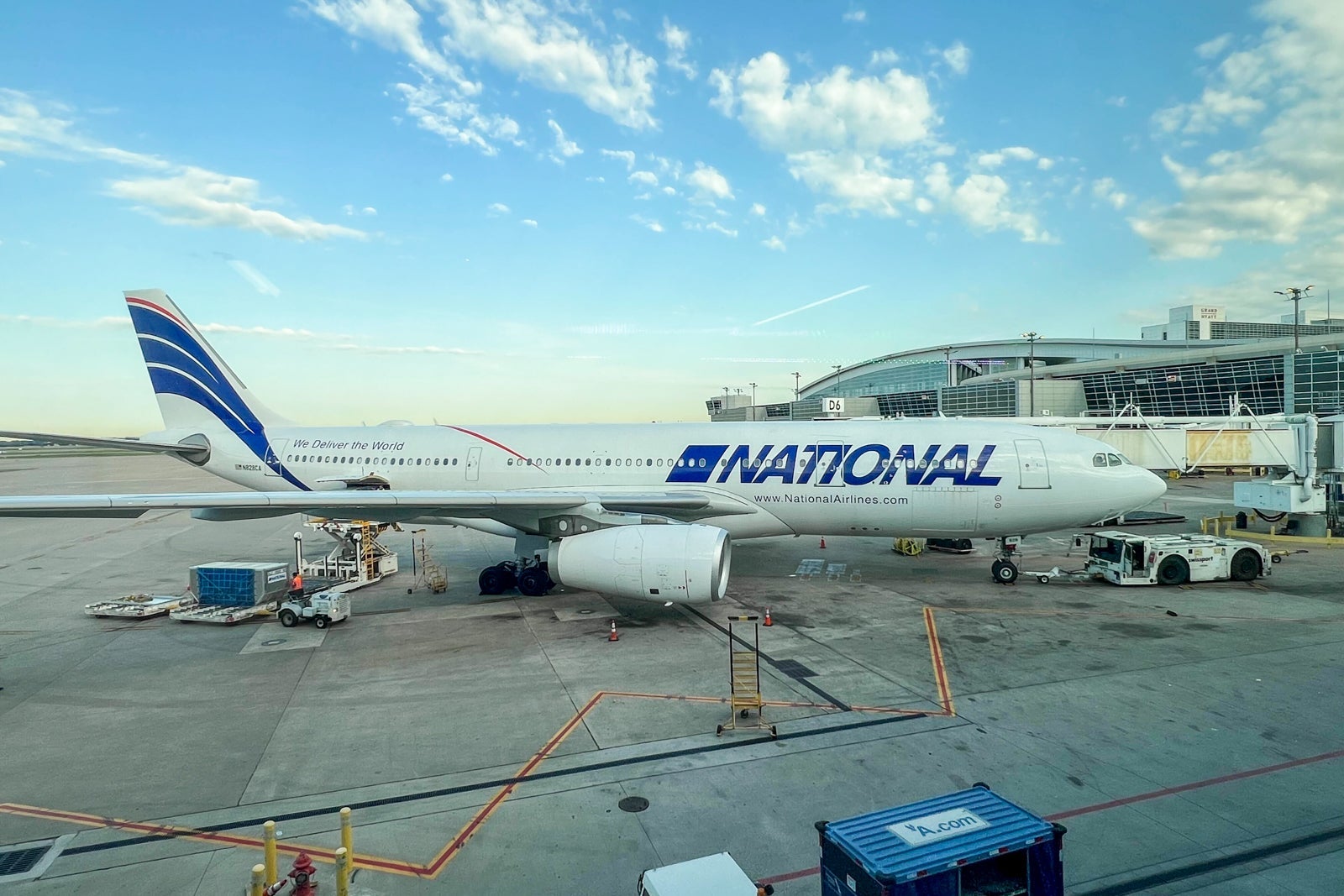
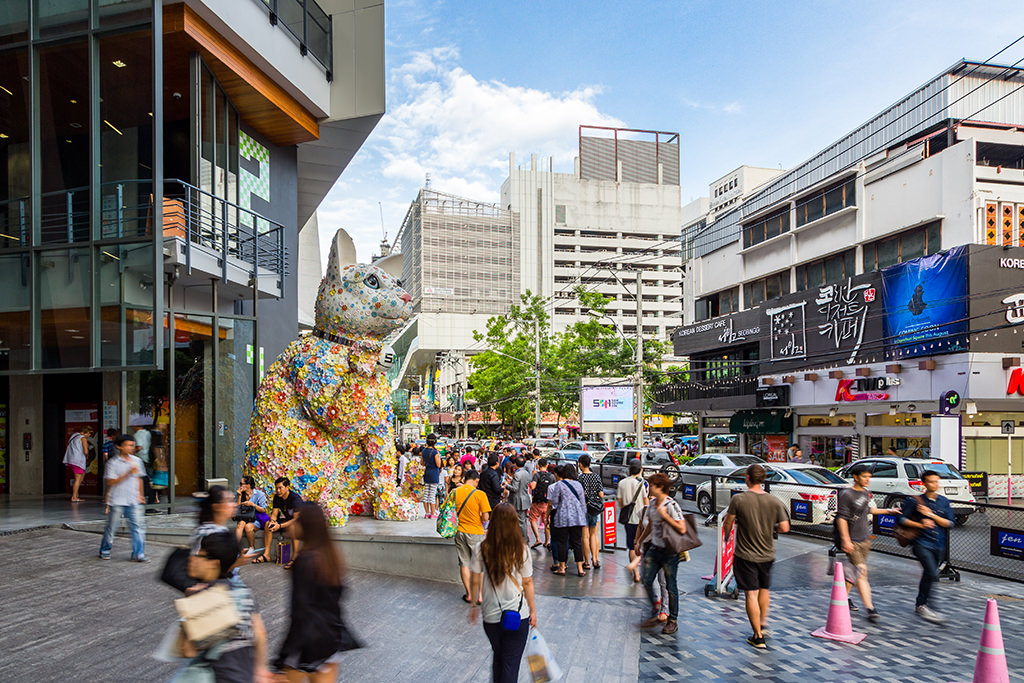

 English (US) ·
English (US) ·